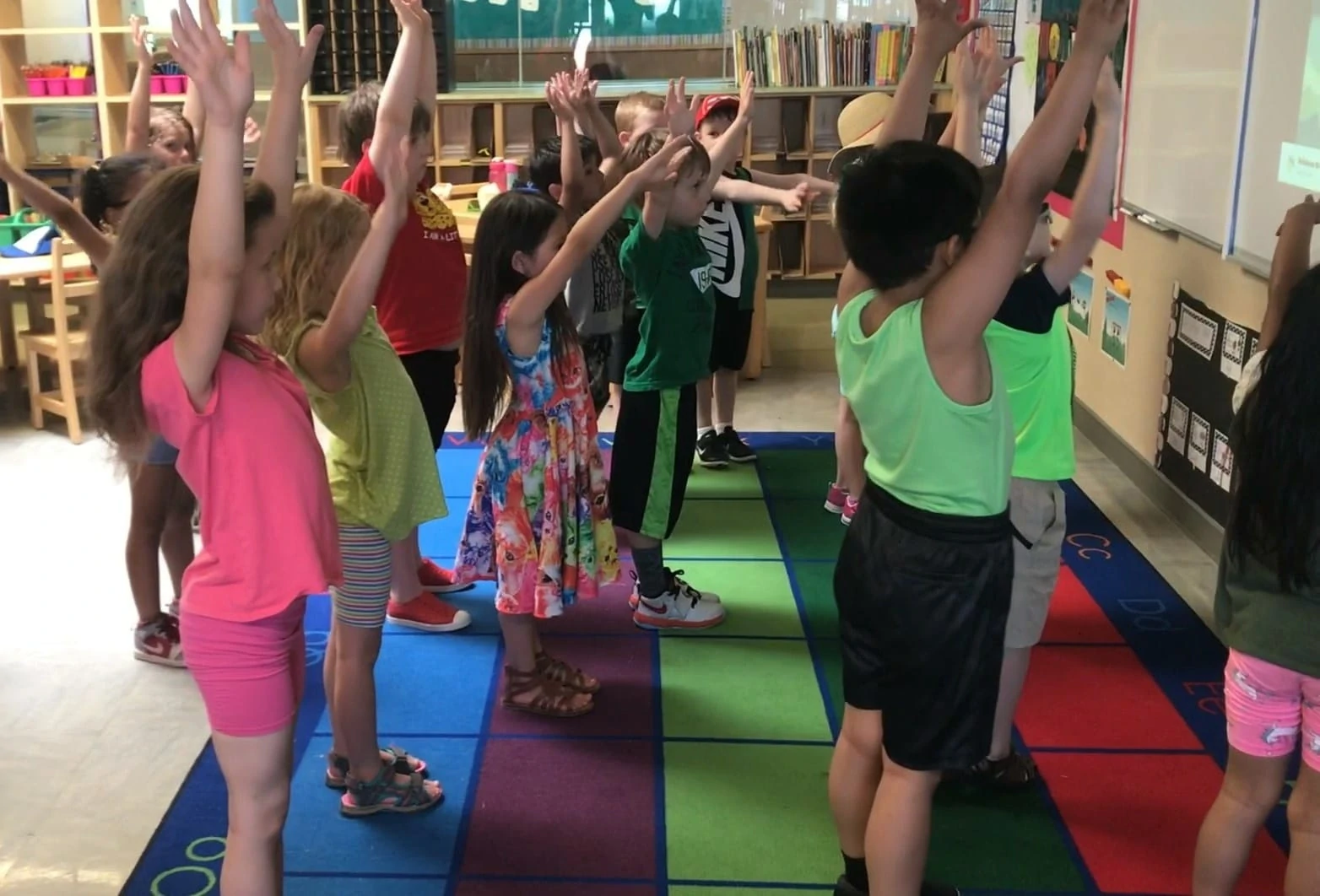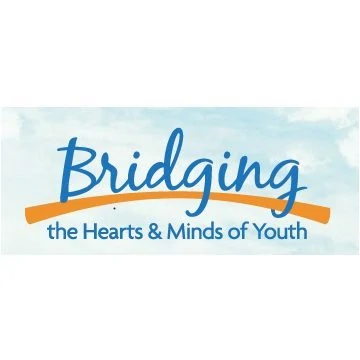When we were first designing Yoga Calm, there wasn’t a lot of research supporting what we were seeing work so well with kids in the rural Oregon elementary school where Lynea was a counselor.
Over 20 years later, there’s a significant body of literature showing that yoga, mindfulness, and social-emotional learning lend themselves to better student behavior, better academic performance, lower stress and anxiety, and much more.
But what about when all three of these – physical yoga, mindfulness, and SEL – are brought together in a single package as they are in Yoga Calm?

In the Yoga Calm classroom, 20 minutes of yoga flows followed by relaxation were done twice a week for 10 weeks. Smaller blocks of Yoga Calm activities were woven throughout the school day. Results were gathered through surveys, observation, and interviews, and then analyzed.
Qualitative analysis revealed three main themes: (1) increased use and enjoyment of yoga techniques, (2) behavioral changes both in/out of school, and (3) impact on personal factors.
Conclusions: Findings suggest that urban classrooms should include yoga and mindfulness training as it contributes to daily student PA and also can be stress relieving, fun, calming, and easy to perform outside of school.
We spoke briefly with lead author Erica Thomas of Elon University and asked her what her biggest takeaway from the study was.
My biggest “takeaways” come from my observations in the classroom and interviews with the students and teacher. Qualitative data captures a richness and truth that sometimes cannot be quantified. The students genuinely liked having yoga in their classroom. It made them look forward to school and to learning. For a population dealing with homelessness, evictions, parents in the justice system, or dealing with addiction and/or abuse, this is a big, big deal.
One student in particular comes to mind. At my first observation, he was very antsy and refused to participate in yoga. He did not pay attention to lessons and was consistently off task. I still get goosebumps when I think back to my last observation in that classroom and this same student was up front, leading his class in a yoga flow. There is so much to unpack there, that no survey could reveal.
One insight in the study we found particularly interesting: the fact that “as one construct saw improvements, so did another.” We asked Thomas if she could elaborate on this dynamic.
Social cognitive theory is based on the premise that there is this reciprocal relationship between three constructs: a person’s behavior, their environment and personal factors (i.e. perceived stress). We can also think of this as the impacts of culture and norms on behavior and knowledge acquisition.
A classroom setting has its own mini culture. Typically, the teacher sets the tone for that culture. A good teacher does not let disruptive behavior become the norm, but still allows for autonomy.
Using yoga and breathing techniques has an impact on the environment of the classroom (i.e., calm, quiet, autonomous), and the behavior (i.
buy celexa generic over the counter
e., listening, raising hands, staying in seat), and personal factors (i.e., lower stress and anxiety, learning) of the students. It becomes this cycle of each construct influencing the other. Using movement, breathing, and autonomy as a means to get children to focus, listen, learn, and form community creates a much different culture than time outs, color coded behavior systems, and lack of choice. They learn by example from the Yoga Calm teacher how to speak, treat one another and show respect. They begin treating their classmates the same way. The students begin cultivating this culture of peace, kindness, and patience that allows for more learning and growth.
More, as we’ve seen and heard repeatedly across the years, the students didn’t keep what they learned in the classroom. Seventy-two percent took the techniques home to help them manage big emotions. Eighty-four percent said they used the breathing techniques on their own.
buy vardenafil generic over the counter
Overall, they described feeling calmer, less stressed, and happier.
Seventy‑six [percent] of the students interviewed said that they have changed their behavior at school or home as a result of the Yoga Calm program. Many things like concentration, focus, attention, and being fidgety and antsy improved. Joanne [the teacher] and the PI [primary investigator] observed these changes in her students. More notably, for Joanne, she noticed “Yoga in my classroom creates a sense of community. They are more of a unified group. Something about yoga brings the students together, almost like team building.”
You can download the full study here.





